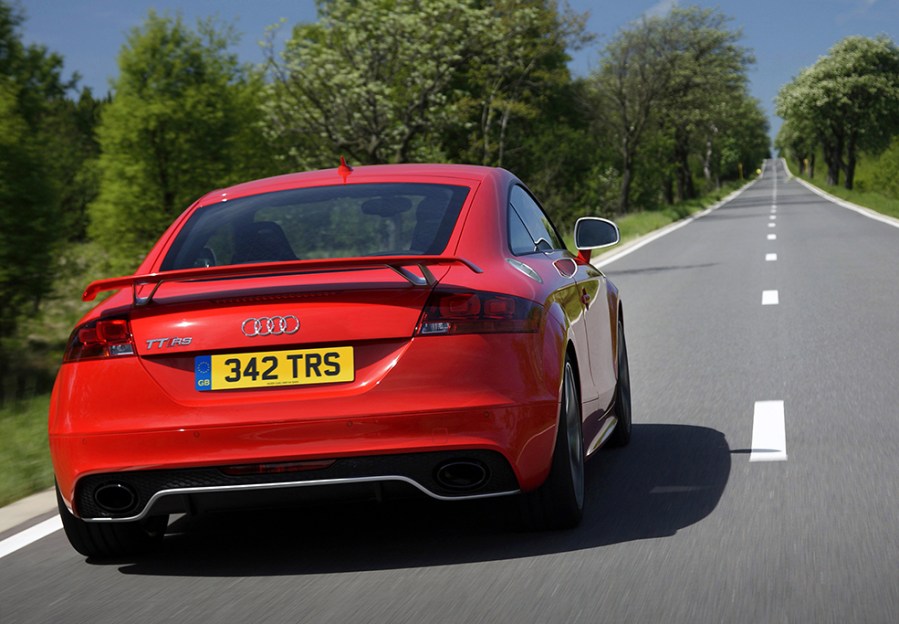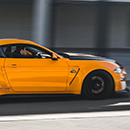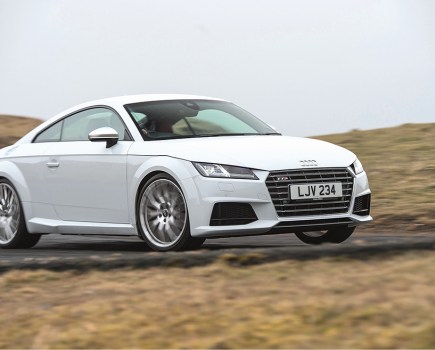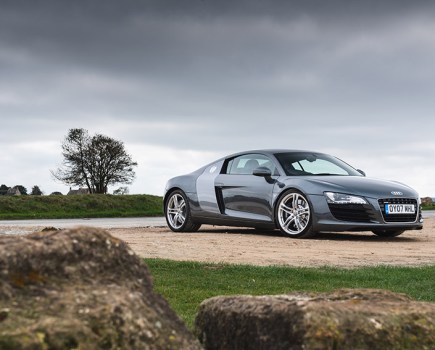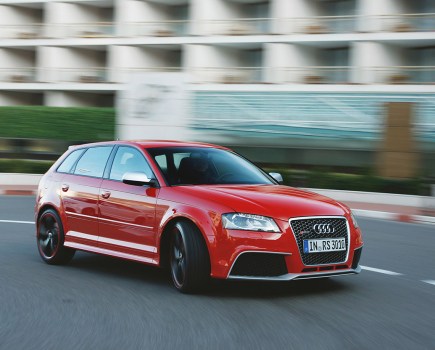We know the Mk1 is a bargain, but the Audi TT Mk2 is now creeping into budget for most, we check out what you need to know before parting ways with your cash.
The Mk1 Audi TT was something of a revelation. We mentioned in our Mk1 buying guide that cars don’t go into production in concept form. How does a manufacturer follow that? It does so by producing a car with cleaner lines. Thoroughly refreshing it to incorporate the latest technology and boy does it make the Audi TT Mk2 a good one.
While the Mk1 made do with a Golf platform, the 2006-launched Audi TT Mk2 got a slightly more bespoke package. It received an aluminium and steel Audi space frame based on the PQ35 platform, otherwise known as the A5. You might be thinking that’s a big car for this application? In truth, the Mk2 offered sharper handling and driver involvement to give a more rewarding package.
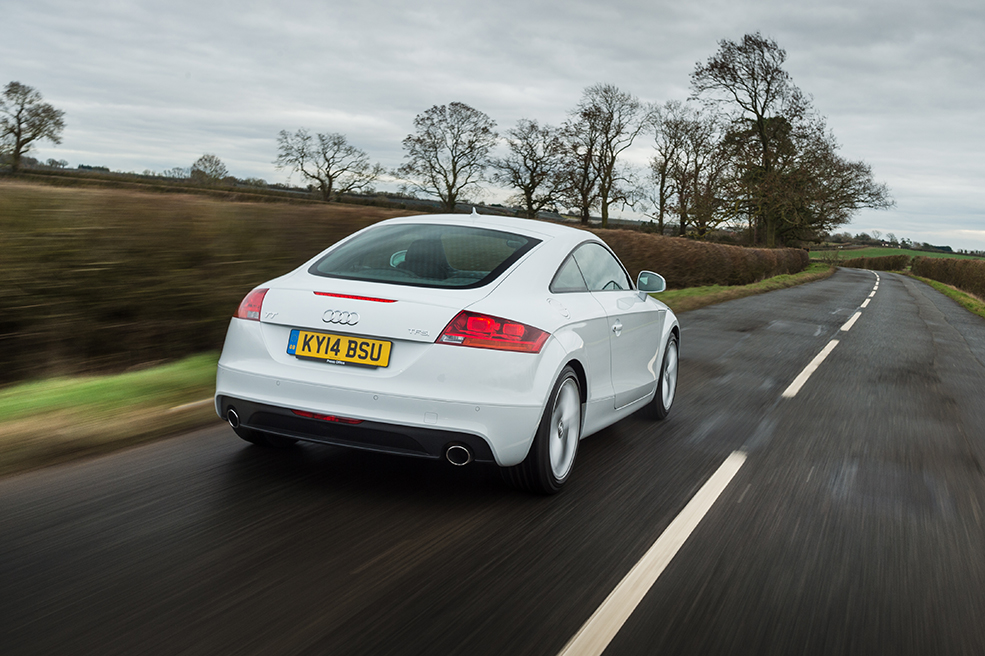
As enthusiasts, you’ll know that you got a whole host of engine choices with the Mk2 TT. This allows you to properly decide what suits your needs.
Audi TT Mk2 History
Audi ditched the Mk1’s 1.8-litre turbo four-pot in favour of the 2.0-litre TFSI found in the Golf GTI. The starting block for performance on the TT when launched in 2006 was 200bhp. 0-62mph came in 6.4 seconds and 150mph top speed. This was exclusively in coupé form to begin with, roadsters didn’t go on sale until the end of 2006. The roadsters got the same engine and transmission options as offered on the coupé models.
Carried over from the Mk1 was the peachy 3.2-litre V6 engine. Performance was rated at a healthy 250bhp with a 0-62mph sprint time of 5.7 seconds and limited 155mph top speed. All V6s were equipped with Quattro, while the lesser-powered 2.0-litre came only in FWD.
Audi TTS and TTRS Mk2
The TTS then followed the roadster. This boosted power to 268bhp and was fitted again with Quattro only, meaning your 0-62mph time was now 5.4 seconds. Top speed was limited to 155mph. The roadster version was marginally slower, but the difference is negligible. Another thing to note here, all TTS models were fitted with Audi’s adaptive magnetic damping system. While the clever damping system isn’t known to be a common problem, fixing any issues can be expensive.
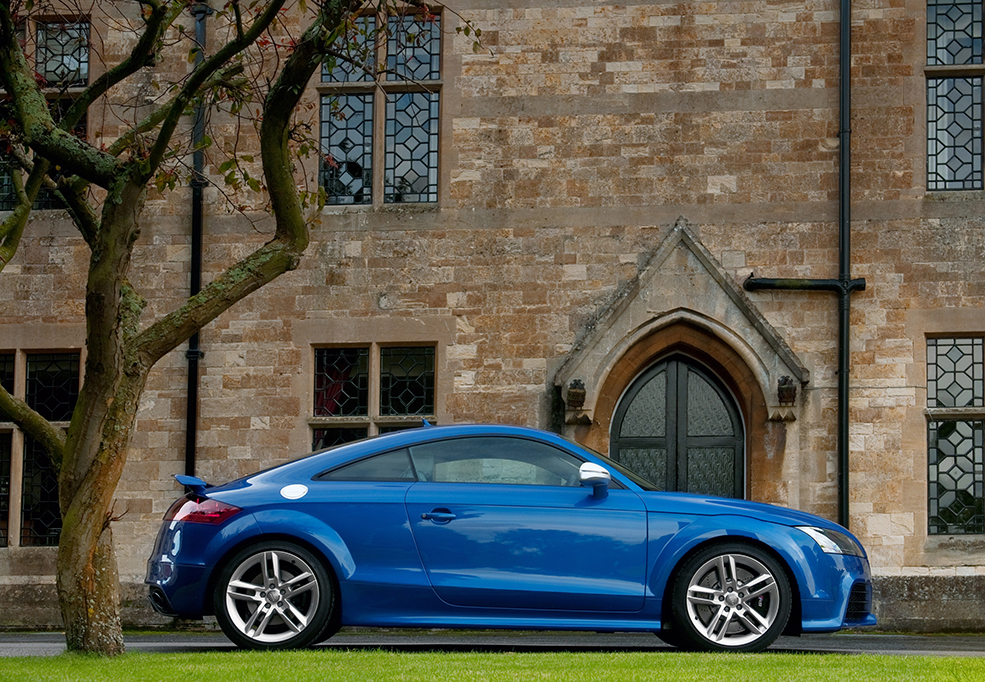
Those wanting the sports car lifestyle but with the extra economy could do so with a 2.0-litre turbodiesel with 170bhp. But it’s the TTRS that followed that got everyone excited.
The long-awaited car was teased for some time before it arrived in 2009. It came with that whopping 2.5-litre five-pot that hit the sweet spot in terms of performance and noise. Performance sat at 340bhp. This took the 0-62mph down to 4.4 seconds and on to 174mph if the first owner opted to have the speed limiter lifted.
How do you follow a 2.5-litre five-pot, with a 1.8-litre TFSI of course… it’s confusing how Audi chooses to release products in an unusual timeline. This was now the baby of the range, and the most affordable. Gone was Quattro and FWD replaced it. Power sat at a humble 160bhp.
Mid-life update
In 2010, the entire range got a mid-life update. This brought in LED daytime running lights as standard for all models badged S Line. While the 2.0-litre TFSI engines got a spruce up in performance, lifting power from 200bhp to 211bhp. It also gave all non-RS models a sport button to adjust throttle sensors.
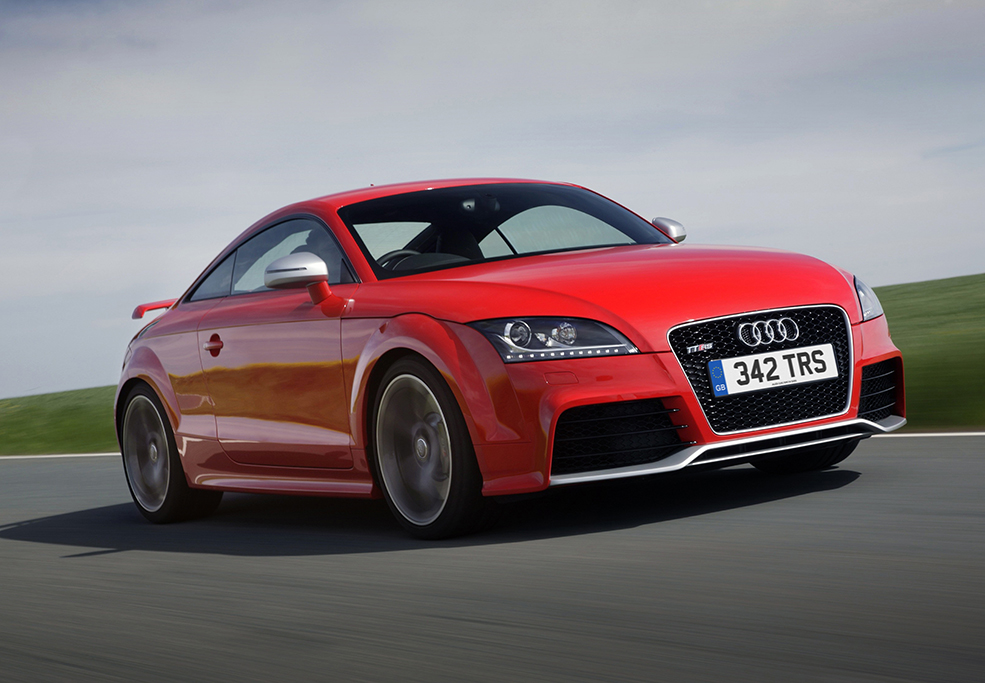
At the top of the tree for the Mk2 TT was the TTRS Plus. This lifted power over the already bonkers 340bhp RS to 360bhp. Not too shabby for a “hairdressers” car.
With the history out of the way, it’s time to look at what you should be looking out for. The good news is that because it’s a 2006+ car, the oldest examples are 17 years old; VagCom diagnostics tool can be your best friend if you know how to use it. Most of the information about the car can be read through the tool. This includes the current wear on the DSG box, which is crucial as we know problems with the box can be rather expensive.
History on any car is always key. The car you’re looking at may only be 7 or so years old but if it’s missed the last two major services and has been bashed off the limiter half of its life, you don’t want to be the person that picks up the invoice for the problem when it eventually breaks.
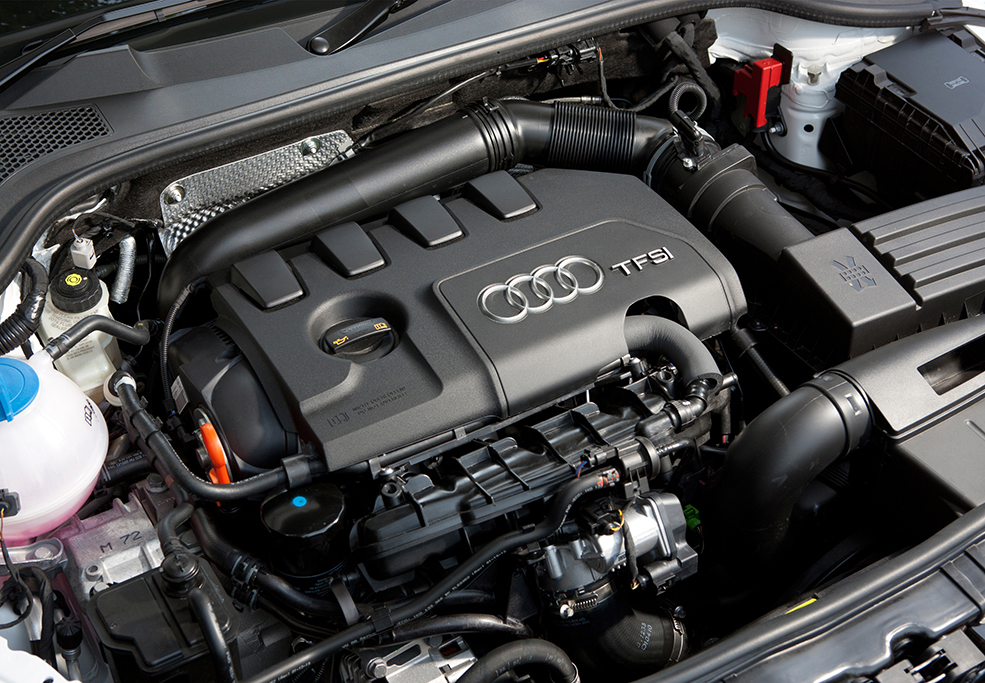
Audi TT Mk2 Engines
You’ll be pleased to hear that all five engines have proven to be mostly reliable over the years. Provided servicing has been adhered to. The intervals for such are 19,000 miles or two years, whichever comes first. If you’re looking at the 2.0-litre models, note that cambelts should have been changed at 75,000 miles. If the car you’re looking at is coming up to that milestone, the cost of replacement isn’t astronomical, between £300 and £500 if you want to haggle on price.
Remember there are two different 2.0-litre engines, one before and one after 2010. The earlier cars were fitted with the EA113 engine, which is cambelt driven, the latter is the EA888 engine, which is chain driven. Both are tuneable, and both are known to be reliable.
Ignition coil packs are one of known problems and can cause misfiring. You’ll notice this if the engine isn’t running smoothly or if the engine fails altogether. Each cylinder carries a coil pack and that’ll set you back around £35 per pack, so bear that in mind.
Owners have noted that the TT can be fairly heavy on oil use, so this shouldn’t be cause for concern, just something to be wary of before buying one.
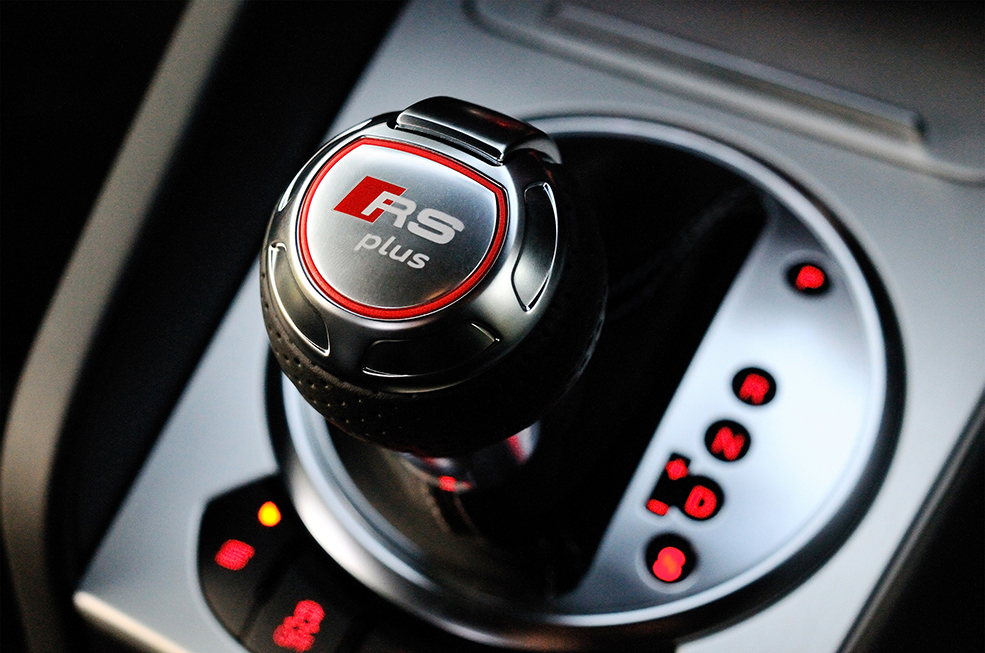
Transmission
Most cars were sold with a DSG gearbox, thus most cars you’ll be looking at buying will have the semi-auto box. This is no bad thing as the DSG system is a sophisticated and slick operating machine, when it works. Audi did recall Mk2s built between August and September 2009 for incorrect clutch temperature readings by the ECU, which in turn caused the clutches to disengage and lose drive. Check the history to make sure that’s been completed.
Elsewhere, the S Tronic DSG gearboxes can also be troublesome at low speeds, if one starts to stutter or hesitate, you’ve got a problem on your hands. It’s advised that once getting the engine and gearbox up to temperature on your test drive, slow right down and crawl, listening out for any signs of damage. You’ll start to kangaroo if there’s a major problem. Audi specialists pinpointed the problem to the Mechatronic control unit. This will either need replacing at the tune of nearly £1000, or rebuilt by a specialist auto-electrician who’ll have it done for under half that price.
As for manual owners, the clutch isn’t high on your problems list. The clutch should have been replaced at 60,000 miles. Remember, the Quattro powered cars were the more powerful models and thus will most likely have been launched hard over the years, which is something to keep in mind.
On all Quattro models, get a mechanic to check out the Haldex system, it has been known to create problems and can also be expensive to fix. If it’s had a hard life of being launched, wear over the years can build up.
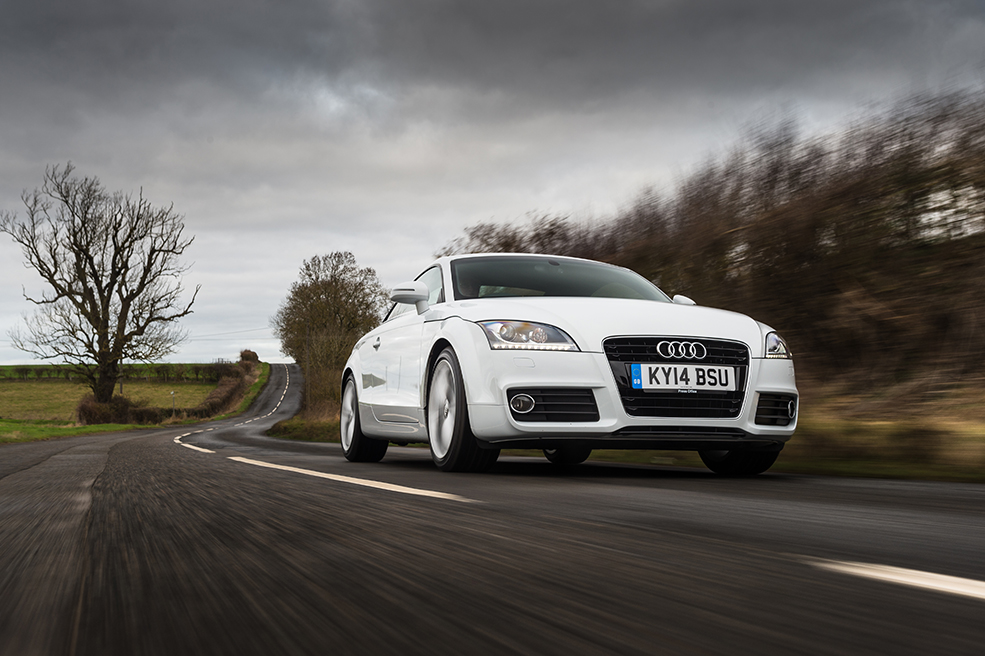
Suspension, wheels and brakes
With the Mk2, Audi introduced a refreshed multilink rear suspension system, as well as MacPherson strut at the front end. Most of the models you’ll be looking at come with this set up, but as mentioned above, some were opted with the Magnetic Ride system. In truth, owners tend to think the sport setting with the Magnetic ride is too stiff for UK roads, so this shouldn’t necessarily be at the top of your wish list.
There was a recall on the Mk2 for cars built between May and July 2009 for the braking system, more notably the vacuum pipe on the servo that may become damaged. This was more of a precaution, rather than a necessity. The other thing to note with the brakes is a squeal coming from the front at low speed. Some owners swapped out the discs and pads which did the trick, others simply placed copper grease on the back of the brake pads.
According to owners, tyres is a huge issue with the TT. Not only do tyres wear far quicker on Quattro models than FWD models, but some owners put cheap tyres on. This is a big no as TTs are sensitive to tyres. Don’t cheap out, get yourself a decent set of tyres.
Note, the TT doesn’t come with a spare wheel or space-saver, instead it came with a compressor and repair kit. This will 9 times out of 10 be missing from the car you’re buying.
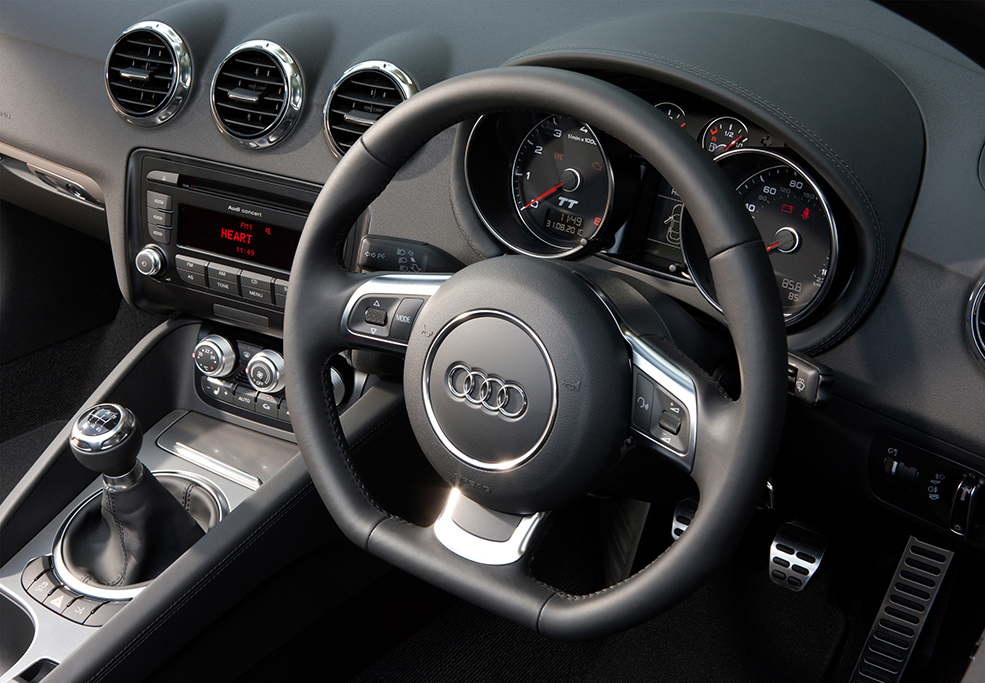
Audi TT Mk2 interior & electrics
When buying, do the usual checks. Make sure all of the dashboard lights work, the radio, sat-nav, windows and the like all work. If you’re looking at roadsters, check to make sure the roof folds away under its own power and seals shut. It sounds simple but so many forget to check all of the electrical points. Why have a roadster if you can’t actually take the roof down?
Next, make sure the roof seals. This is most likely something to test after you’ve bought the car but ask with the owner if it’s OK you test that the roof is sealed properly. Just use a hosepipe over the car and check for water in the boot and cabin. Wet door cards are a clear indication of a poor seal. It’s not an expensive fix, but not worth the hassle with so many cars on the market.
Audi was pretty generous with standard equipment on the Mk2 TT so you should find Bluetooth, air con and a flat bottom steering wheel as standard. Don’t fall for adverts claiming these as extras. The sat-nav was optional, as was the Bose sound system.
Word of advice, don’t buy an Audi TT Mk2 if you plan on using the rear seats. It’s not suitable for anyone unless in use by a toddler.
How much to pay for an Audi TT Mk2
The best thing about the Audi TT Mk2 is that prices have decreased considerably. Just a few years ago, the bottom line for a 3.2-litre V6 was around £6,000, that figure is now as low as £3,500, albeit for a car with high mileage. The 2.0-litre petrols are by far the cheapest, 100k mile examples are under £3000 in both coupe and roadster form.
If you want a TTS, you’re looking at around £6k to £8k for examples with between 70,000 and 100,000 miles. The one you really want, the TTRS, will set you back at least £13k. We’d expect to pay more like £17k for a cleaner example with mileage under 50,000.

Audi TT Mk2 modifications
You’ve bought your new Mk2 Audi TT, now you want to make it your own. Follow these simple steps and you’ll be well on your way to create a show-ready car with enough punch to back up its looks.
It doesn’t matter which engine we’re looking at, choices for modifications come far and wide. That being said, we’ll start here with a TTS, which uses the 2.0-litre turbocharged engine with 272bhp on tap in standard form.
Exhaust
Downpipe
There’s a ton of options out there from some of the most well-known exhaust fabricators in the UK, so the choice is down to you. Scorpion offer a de-cat system or sports catalyst for under £300. Couple this with a map and you’ll be looking at the mid-300bhp range with the torque to match. You’ll also unlock some extra grunt in the form of sound, you might even gain a few pops and bangs along the way…
Cat-back
You can either match a cat-back exhaust up with a fresh downpipe or you can just opt for a cat-back system and mate to the standard exhaust. You’ll see less gains overall, but you’ll free up a few ponies and transform the sound of the car. Milltek will be perfect for the job, livening up the sound without adding a silly amount of drone. Prices start at around £600.
Suspension
There are two ways you can go about doing this, either focus on creating the ultimate show car, or focus on creating a crisp handling street weapon. The first option will see you looking towards air lift performance. The other option will see you looking at the likes of Bilstein or KW. If your primary focus is road driving, your best bet will be a spring and damper set up from Bilstein. The B14 kit retains some level of comfort on the road, but will allow you to take part in the odd track day without problem. KW, on the other hand, will be much more focused for track work with 30-way adjustable damping. Prices for the KW system sits at around £1700, while the B14 kit comes in cheaper at £900.
Wheels
Again, options are far and wide here but we’re going to focus on some lightweight BBS E88s that can be bought in a range of different sizes. The lighter, classic motorsport look will transform the appearance while also helping to shed a few pounds in the weight category. The best thing is that these look at home on the racetrack or centre stage at a show.
ECU
There’s a few choices out there for ECU tuning, all of whom promise similar power figures and have become household names in the VAG tuning world, we’re of course talking about APR, MRC and Revo. A simple ECU tweak can see gains up to 300bhp. However, couple the map with the upgrades listed above and a new air intake and you can see more like 330bhp. For that extra bit more, Revo recommend an uprated high pressure fuel pump as well as an uprated intercooler to see power up to around 365bhp.
If you’ve got a DSG gearbox, don’t forget that the Transmission Control Unit (TCU) can also be updated giving sharper gear changes and higher RPM limits.
Interior
Last but not least, the interior. Those rear seats have got to go. They’re no good for regular sized humans, let alone toddlers. You can save a decent chunk of weight by taking those out. You could then go further, remove some sound proofing here and there to bring the weight down further, or you can transform the rear with a half cage for that Clubsport look or go the opposite direction with a new entertainment system.

